Drainage 101: why it’s step one in your detox journey
Chia Puddings Three Ways
Astaxanthin
Astaxanthin is a keto-carotenoid. It belongs to a larger class of chemical compounds known as terpenes built from five carbon precursors, isopentenyl diphosphate, and dimethylallyl diphosphate. Astaxanthin is classified as a xanthophyll. Astaxanthin which is found in certain algae on the other hand is red and it lends its color to many marine creatures like lobsters, crab, shrimp and ocean salmon as well as giving flamingos their trademark pink hue.
FAQ's
Astaxanthin is a type of carotenoid found naturally in wild-caught salmon, red trout, krill, algae, lobster, crab and shrimp. Astaxanthin is a red pigment that belongs to a group of chemicals called carotenoids. It occurs in certain algae and causes the pink-red color in salmon. Astaxanthin is an antioxidant. This effect might protect cells from damage. Astaxanthin might also improve the way the immune system functions.
Astaxanthin has been used safely by itself in doses of 4 to 40 mg daily for up to 12 weeks. It has been used safely in combination with other carotenoids, vitamins, and minerals at 4 mg daily for up to 12 months. Astaxanthin has most often been used by adults in doses of 4-18 mg by mouth daily for up to 12 weeks.
You can take Astaxanthin any time of the day, as long as you take it together with a meal to improve absorption. Astaxanthin is absorbed in the intestine and reaches maximum levels in the blood stream within 7-10 hours after ingestion.
Although supplementation with Astaxanthin reduced UV-induced skin darkening as evaluated by colorimetric L value or scoring on a skin tone color scale, the change in minimal erythema dose (MED), which is the amount of UV radiation that produces minimal erythema of an individual’s skin, and the associated UV-induced changes in skin condition including skin moisture and TEWL have not been analysed.




